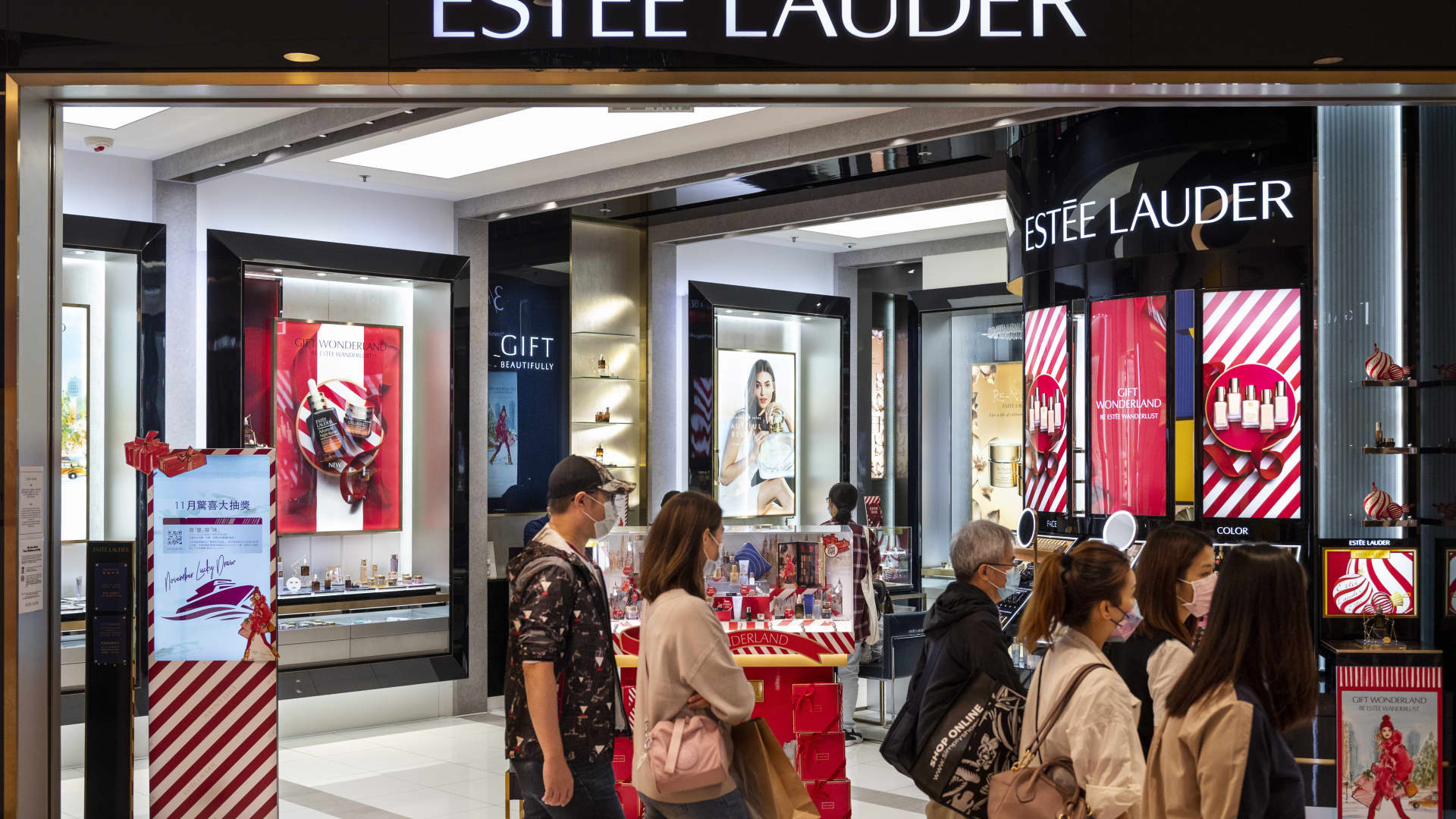
A big shift in consumer demand is coming as global population growth slows, and that means companies need to respond with more active approaches to generate outperformance, according to Evercore ISI. Historically, booming population growth, globalization and industrialization have supported economic growth, Julian Emanuel, the firm’s senior managing director, wrote in an April 5 note. However, the growth of the world’s population , which has doubled every 50 years since the early 1900s, has peaked, he said. In fact, by 2027, more than one-third of global domestic gross product will be generated in countries where populations are declining, he noted. “The population driven economic growth model is likely over,” Emanuel wrote. “Companies with higher value-added services and better quality will likely better capture market share than those relying solely on volume growth.” At the same time, incomes will continue to rise, especially in emerging markets, and that will support middle-class consumption. “Consumer companies that focus on ‘trade-up’ categories and premiumization could benefit as middle-income discretionary spend continues to rise,” Emanuel said. Evercore ISI’s team of analysts has identified several top stocks it anticipates will benefit the most from rising premiumization or that have been successful in pricing through costs, as well as managing or growing margins. Here are three of those names. Estee Lauder should benefit from premiumization of the global beauty market since customers are willing to pay for quality, creativity and innovation, Evercore ISI analyst Robert Ottenstein said. His investment case specifically for Estee Lauder is anchored in the attractiveness of China’s beauty market and the desirability of the company’s brands among Chinese consumers. “China is not only Estee’s largest market (~35% of revenues) and should continue to be its fastest growing, but it is also wired with the firm’s most profitable business models: DTC online and travel retail (Hainan),” Ottenstein wrote. Estee Lauder’s travel retail flagship store is located in Hainan, China. Shares are down 2.8% year to date and have 16% upside to Evercore’s price target of $280, as of Thursday’s close. Meanwhile, McDonald’s top six markets — including the U.S., U.K. and France — are all experiencing slowing population growth. Yet the fast-food chain will be a beneficiary of the growing middle class of consumers, analyst David Palmer said. “We believe top-line growth will predominantly come through continued SSS [same-store sales] growth driven by: 1) premiumization and food improvements, 2) growing digital and loyalty connection, and 3) a larger middle-class consuming population in these markets,” he said. The stock is up more than 7% year to date and has 6% upside to Evercore’s $300 price target. Lastly, Costco ‘s sticky membership growth and strong execution helps it stand out in a decelerating U.S. retail landscape, analyst Greg Melich said. “COST’s strong value proposition is also uniquely positioned to win share of wallet from their middle/higher income member base,” he wrote. While gasoline likely makes gross margins somewhat more volatile over time than other retailers, Melich believes Costco’s management can smooth it out within earnings due to high productivity. Earlier this week, Costco posted a rare decline in comparable sales, down 1.1% in March. However, excluding the impact of changes in gasoline prices and foreign exchange, comparable sales were up 2.6% globally. Melich’s $545 price target implies about 12% upside from Thursday’s close. The stock is up more than 6% this year. — CNBC’s Michael Bloom contributed reporting.
